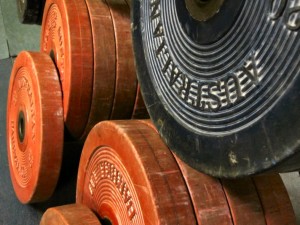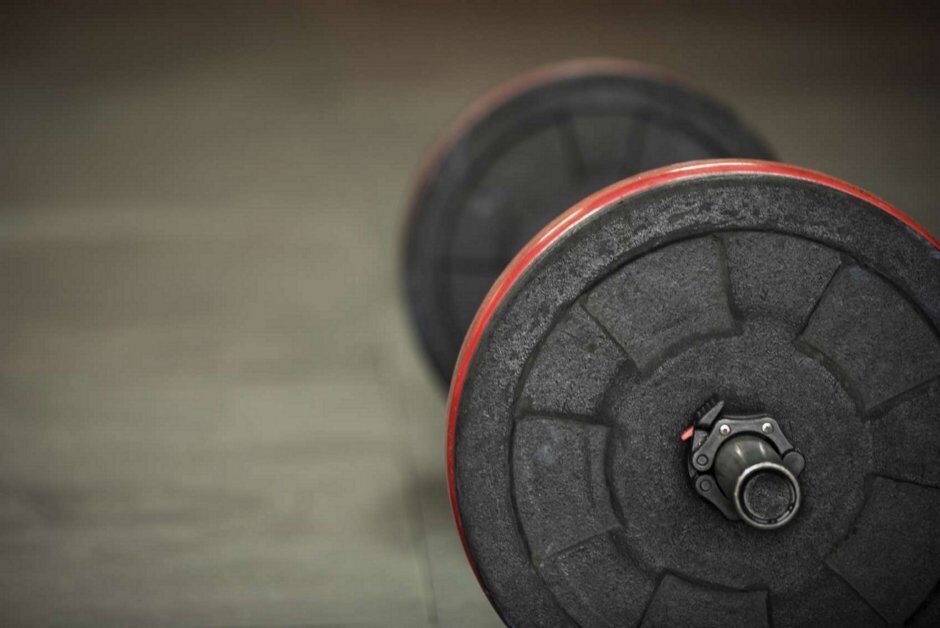Avoiding Powerlifting Injuries
 Strength training is a massive benefit for general health, building both strength, power and assisting to prevent injuries in everyday life. Powerlifting takes those benefits to the next level, but there are risks, so how do you avoid serious injury while lifting maximal or near maximum weights in training.
Strength training is a massive benefit for general health, building both strength, power and assisting to prevent injuries in everyday life. Powerlifting takes those benefits to the next level, but there are risks, so how do you avoid serious injury while lifting maximal or near maximum weights in training.
Injury Rates in Powerlifting
As per Temple of Irons last post on the rate of injuries in powerlifting compared to other sports there are approximately 5.8 injuries per 1000 training hours in Elite National level powerlifting athletes and only 3.6 injuries per 1000 training hours in Elite International powerlifters. I do not have figures for the injury rates for casual or recreational powerlifters but it is expected that the injury rate would be higher than both of the above categories. So how can a novice or recreational powerlifter reduce the chances of sustaining a major injury ?
Learn Correct Technique
Lifting light to moderate weights with poor technique put you at risk of not getting the strength and muscle gains you are looking for. Power lifting with bad technique can lead to serious injury by putting huge amounts of pressure on joints and muscles.
Even if you’re experienced in the gym for general strength training, it is important to consult with a qualified powerlifting coach before taking on a powerlifting routine for the first time. A coach will help you spot small errors in your form. You might consider a Personal Trainer for this task, but very few personal trainers have experience or the specialised knowledge needed to help build both perfect form or maximum strength.
Always Use a Spotter
Powerlifting involves lifting heavy metal objects and there is always a chance that something can go wrong and you might perform a thousands of lifts without problems but something going badly wrong just once can mean serious injury or even death.
A spotter positions themselves to assist you during a lift in such a way as to prevent serious injury. Each lift has its own method of spotting in a safe way for both the athlete and the spotter. Spotting with the wrong or poor technique can injure both the spotter and the powerlifter.
Understand the Safety Equipment
Most lifters are aware of the use of belts to reduce the risk of injury, but how many lifters understand exactly how to use their powerlifting belt or are using the wrong type of belt ?
Understanding how to use your Powerlifting Belt is just as important for injury prevention is more important then just putting it around your waist. If you are unsure about how to use your belt, take a look at How to Use a Powerlifting Belt.
Know when to stop
If you have a minor injury it can and will be turned into a major injury if you lift through the pain, pain is a signal that it cannot handle the stresses you are about to place on it. In case of pain, you should stop, give the injury time to heal or better yet see a medical professional. After the injury has healed start again slowly and get your technique checked for problems before pushing the big weights again.
Do you live in Gympie or Cooloola ? are you unsure about your powerlifting technique in Squat, Bench Press or Deadlift ? Contact my via this page to discuss your powerlifting coaching needs.
I can really specify the manner in the importance of a spotter fellow athlete. It’s one of the needs of safety to provide a partner in securing and aiding the individual risk involved in this kind of strength sport. We had a case on our local city were some one injured their neck and was hospitalized for a week for major bruises and dislocation thus making him wear a neck gear. So yes i appreciate this post as it stated various risk in power lifting and may it help readers better understand this form of exercise.



Cross training decreases load on strained or potentially injurious ligaments, tendons, bones or joints. It improves integration and coordination of muscles.